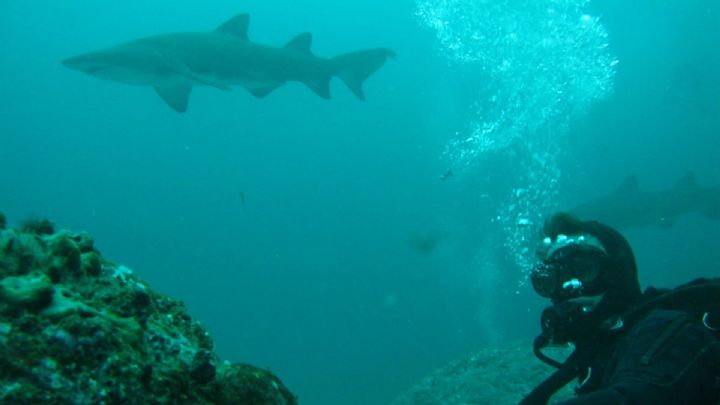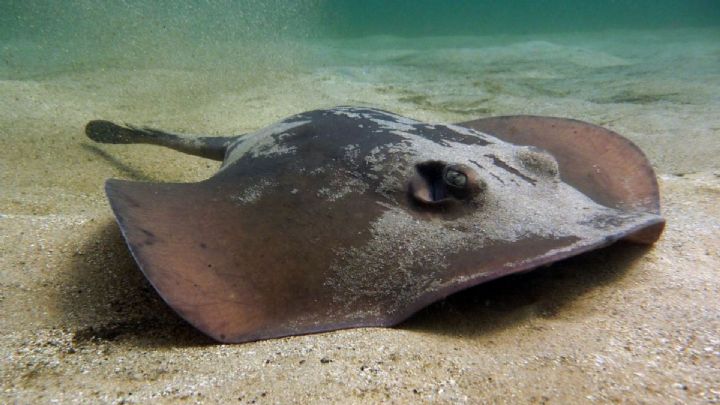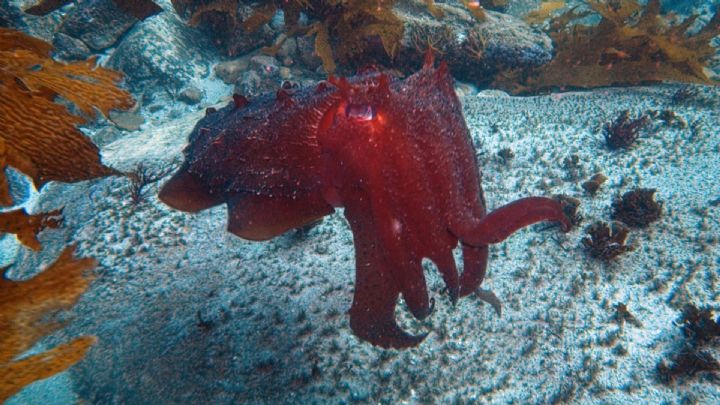Bare Island

Bare Island jutts out dramatically from the mainland and is accessible on foot from a long wooden walkway. The right side of the island is protected and good for diving even when the sea is rough. Multiple dive sites exist around the island making it a place that you can keep coming back to.
If you dive the right side you will initially drop down to about 15 metres and cross over a small reef. If you turn left and head southwest you will cross a sandy bottom and wind up at the main reef. Flatheads, numbrays, rays and flounder can be seen half buried in the sand so be careful if you touch the bottom. There is a gutter that you can swim through between rocks and kelp near the reef.
The marine life on the reef can be very plentiful. Noteworthy are the pygmy seahorses and weedy sea dragons one can see here. There are also several kinds of sharks that can be seen here, namely grey nurse sharks, port jackson and the occasional dusky whaler. At about 20 metres is a low overhang around which a lot of sea life exists. There are catfish, Sydney cardinalfish, yellow-banded sea perch, and half-banded perch. On your way to this cave are colorful sponges, giant ascidians, lace coral, Bairds solitary coral, and sea tulips.
If you dive down on the left side you will land on a sandy bottom at about 6 metres. The bottom slowly slopes down as you proceed southeast. There are overhangs and caves as you swim along and you may be able to see wobbegongs, port jacksons and pineapplefish among other things. Sponges and nudibranchs can also be seen on the rocks here and sea dragons are around



